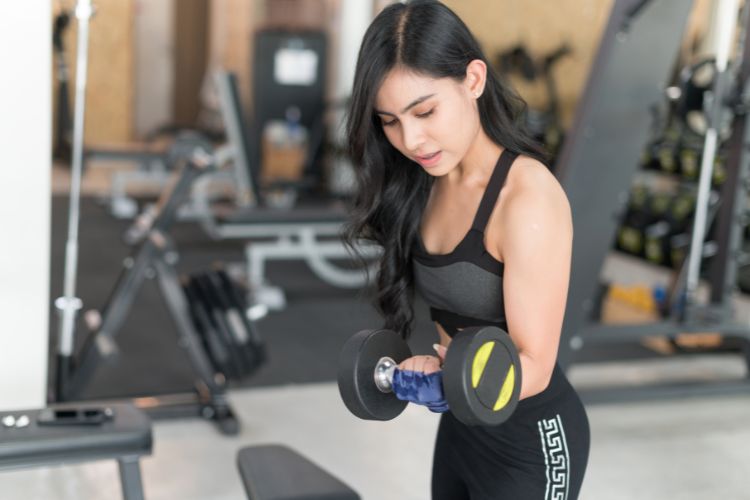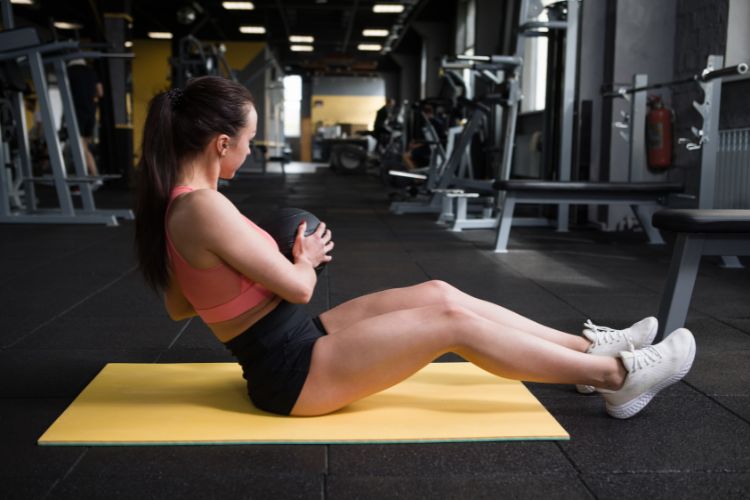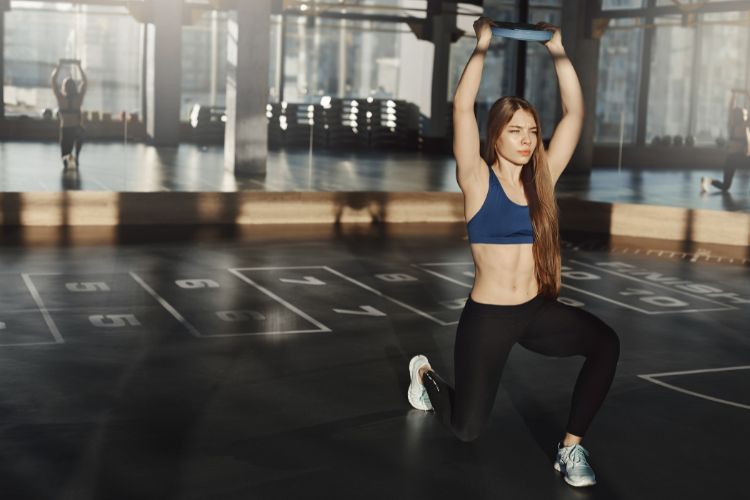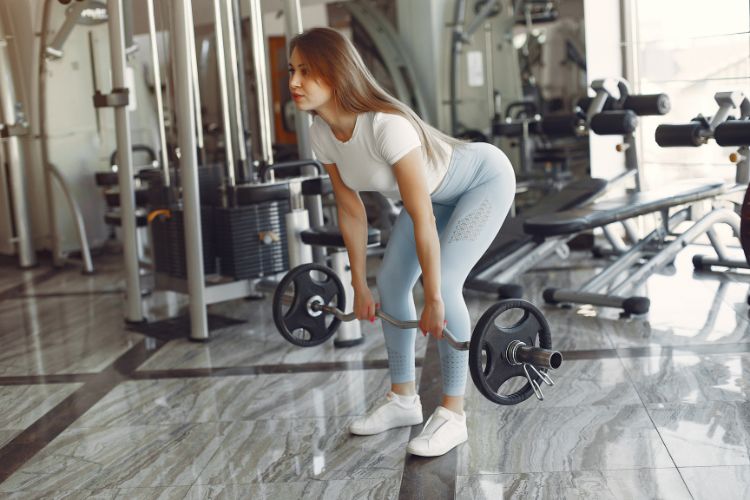Sign up for workout ideas, training advice, reviews of the latest gear and more.






Modern-day women wear multiple hats, juggling responsibilities that demand both physical stamina and emotional resilience. With such demanding lives, incorporating workout stretches is crucial for women of all ages, not just to enhance flexibility but also to support overall well-being. Here’s a guide to understanding the significance of stretches and some key workout exercises tailored especially for women.
Flexibility and Mobility: Regular stretching helps increase the range of motion in the joints, leading to improved flexibility. This aids daily tasks, from reaching up to a shelf to bending down to tie shoes.
Reduced Injury Risk: Stretching warms up the muscles, increasing blood flow. This reduces the chances of injury during workouts and daily activities.
Stress Reduction: Stretching routines, especially those combined with mindful breathing, can be meditative. They calm the mind and reduce anxiety.
Muscle Recovery: Post-workout stretching aids in muscle recovery. It reduces soreness by facilitating the removal of lactic acid, which builds up during intense exercise.
Improved Posture: With the predominance of desk jobs and prolonged screen time, women often experience back and neck pains. Stretching the back, neck, and shoulder muscles helps realign them, promoting a more erect posture.
1. Cat-Cow Stretch (for spine flexibility)
How: Start on all fours, ensuring wrists are under shoulders and knees under hips. Inhale, arch your back, and lift your head and tailbone towards the ceiling (Cow). Exhale, rounding your back and tucking your chin to your chest (Cat).
Benefit: This movement enhances spine flexibility and can help alleviate back pain.
2. Hip Flexor Stretch: Workout Stretches
How: Begin in a lunge position with one foot forward and the other extended straight back. Keep the back leg’s heel lifted. Gently push your hips forward until you feel a stretch in the front of your hip. Hold for 20-30 seconds.
Benefit: This targets the hip flexors, which can get tight from prolonged sitting or high-intensity workouts.
3. Seated Forward Bend (Hamstring Stretch)
How: Sit with your legs extended straight. Inhale, lengthen the spine. As you exhale, lean forward from the hips, trying to touch your toes.
Benefit: Great for hamstrings and lower back, this stretch is excellent for those who spend a lot of time seated.
4. Butterfly Stretch (Inner Thighs) Workout Stretches
How: Sit with your feet together and knees bent outward. Hold your feet with your hands and gently press your knees towards the floor.
Benefit: This stretches the inner thighs, promoting better hip mobility.
5. Triceps Stretch
6. Chest Opener
To get the most from stretching:
Consistency is Key: Aim to stretch at least three times a week, if not daily.
Pair with Cardio: A 5-minute warm-up (like brisk walking) increases blood flow, making muscles more pliable.
Stay Hydrated: Muscles stretch better when they’re hydrated. Drink plenty of water before and after your routine.
Mind Your Breath: Deep, mindful breathing during stretches enhances relaxation and effectiveness.
To appreciate the value of stretching, it’s essential to delve a little into the science behind it. Muscles are made up of fibers that contract and extend to allow movement. Over time, due to various factors like poor posture, repetitive activities, or lack of movement, these fibers can become shortened, leading to tightness and reduced range of motion. Stretching helps lengthen these fibers, promoting flexibility.
Types of Stretches
Static Stretching: This involves holding a stretch for an extended period, usually between 15 to 60 seconds. It’s beneficial post-exercise when muscles are warm.
Dynamic Stretching: These stretches involve moving parts of your body and gradually increasing reach or speed. They’re excellent pre-workout to get your muscles ready for activity.
Ballistic Stretching: Using the momentum of a body part to force it beyond its normal range of motion, this type of stretching can be effective but also risky if not done correctly.
PNF (Proprioceptive Neuromuscular Facilitation) Stretching: A more advanced form, it involves both stretching and contracting the muscle group targeted.
The Hormonal Benefits: Workout Stretches
Women’s bodies undergo various hormonal changes throughout the month. Hormones like progesterone and relaxin can increase joint laxity. Thus, regular stretching can help maintain stability and muscle balance during these times. Moreover, stretching can boost the release of endorphins, the body’s natural painkillers, and mood elevators, helping alleviate symptoms of PMS or menopause.
1. For Pregnant Women: Modified Child’s Pose
2. For Women in Menopause: Bridge Pose: Workout Stretches
3. Postnatal Women: Kegel Exercises
Adopting a stretching routine is akin to embracing a lifestyle of self-awareness and self-care. As women, we often put ourselves last on the priority list, neglecting our well-being. Dedicating even just 10 minutes a day to stretching can be transformative. Beyond physical benefits, it’s a time to reconnect with oneself, to breathe deeply, and to practice mindfulness.
Moreover, group stretching classes, like yoga or pilates, can be an avenue to foster community. The camaraderie of stretching and growing (literally and figuratively) with others can be empowering. For women, this sense of community often acts as a support system, especially in challenging life phases.
For the modern woman, challenges come in various forms. The demands of today’s world require resilience, strength, and flexibility, not just of mind but of body too. Stretching, therefore, isn’t just an act; it’s a statement. It’s a proclamation that says, “I am in tune with my body, I respect it, and I am taking active steps to care for it.” So, ladies, stretch forth, and conquer your day with grace and vigor!
Stay up to date on the latest women’s health, fitness and lifestyle trends and tips.